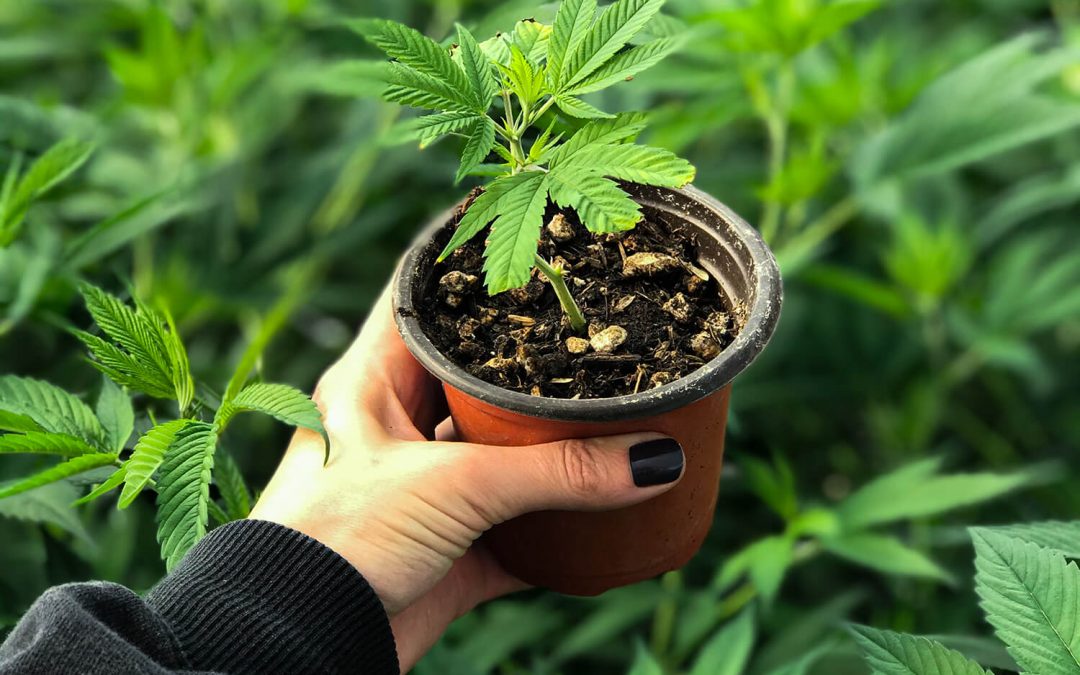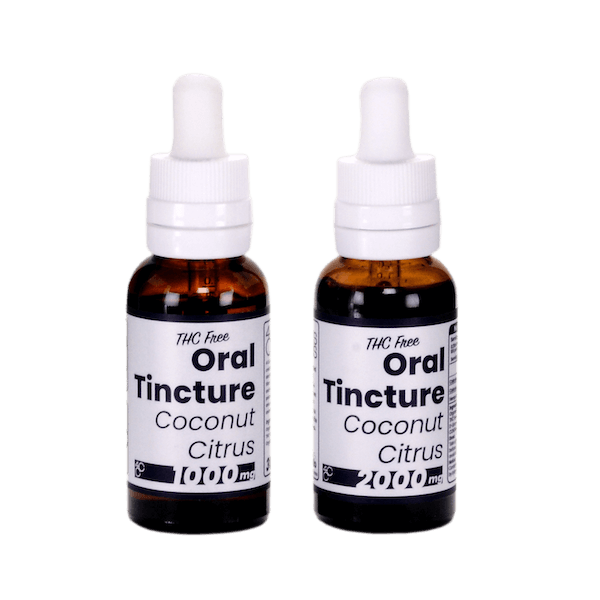For many of us, the concept of cloning cannabis plants sounds strange. Why would you clone a plant rather than just grow new plants? Anyone familiar with cannabis knows the plant produces plenty of seeds, so that can’t be it!
In order to understand why the practice of cloning is so popular in the cannabis industry, it’s important to know a few facts about how the plant grows and which plants produce flowers.
We’ll cover all the information about cloning cannabis in this article, so read on!
What is Cloning?
What is Cloning? According to Merriam Webster’s Dictionary, the definition of cloning is as follows: “the aggregate of genetically identical cells or organisms asexually produced by or from a single progenitor cell or organism. b : an individual grown from a single somatic cell or cell nucleus and genetically identical to it.”
In How Cloning Works, author Craig Freudenrich, Ph.D. elucidates how plants can be cloned, or even clone themselves. Certain plants, like strawberries, even develop outreaching stems that take root away from the base of the original plant. If and when they take root, a new and autonomous plant with identical DNA (a clone) blossoms. Many species of grass, potatoes, and onions employ this method of cloning as well.
When we are talking about cannabis specifically, the act of cloning means that a 6 inch branch of the original plant, known as the mother plant, is cut and potted separately so that it can take root and grow into a plant of its own.
Vegetative Propagation
Cloning cannabis is also known as “Vegetative Propagation”. This form of asexual reproduction allows a new, autonomous plant to develop from a fragment of a parent plant. To start, a grower cuts a small piece off of the parent plant (a “cutting”, as it’s referred to). Then, callus composed of non-specialized cells develops on the cutting. If everything goes as planned, these non-specialized cells will divide, multiply, and create specialized cells. Ideally, these specialized cells perform all of the necessary functions for the plant’s survival.
Vegetative propagation falls into the category of cloning because the offspring are genetically identical to an individual parent. No mixing of DNA occurs.
What is the Benefit of Cloning Cannabis Plants?
While the science behind cloning cannabis plants makes sense, the benefits aren’t apparent unless you know a little about growing cannabis. Let’s explore a few areas in which clones perform well and seeds fall short:
- Consistency of cannabinoid profile. When cannabis grows from seeds, the result varies in height, shape, flower development, etc. Variety is the spice of life, but since we want to deliver a consistent product with consistent properties and consistent results for our customers, we grow from clones.
- Consistency of plant sex. We want to make sure that our plants are all female. Males and hermaphrodites (not our word, but the word used to refer to a cannabis plant that has characteristics of both male and female cannabis plants) produce seeds and lack the cannabinoids and do not flower, both of which are essential to a quality hemp-derived CBD product.
- Consistency of growth and response to nutrient regimen. When all of our plants behave similarly, we don’t have to do any guesswork as far as how to treat which plants at what times. Each plant likes to eat and drink the same quantities of nutrients and water. Put simply, it just makes our job easier.
A Science Learning Hub article titled Vegetative Plant Propagation, the author further supports the utility of vegetative propagation, stating,
“This can also help to maintain consistent quality and taste in products made from plants or crops. For example, in Zealong’s tea plantation, they propagate new tea plants using cuttings to ensure consistency in the taste and quality of their tea.”
The only real drawbacks of this practice come from the propagation of genetic weaknesses, like susceptibility to certain diseases.
Grafting rather than Cloning
Grafting is another interesting phenomenon to explore, but it is not considered cloning. It involves the melding of multiple plants of the same species, or at least of the same genus that are genetically compatible. In the article Plant Grafting: new mechanisms, evolutionary implications, the author refers to “genetic compatibility” more specifically as “taxonomic proximity.” If two plants are not adequately taxonomically proximal (say that five times fast) to one another, the graft will not take.
The same article further unpacks the general components of grafting. It involves two units: a “scion” (the shoot piece that is being grafted onto another plant), and a “rootstock” (the stock of the plant assimilating the new graft). It’s a very old practice that has many useful applications like controlling plant pests, fostering soil-borne disease resistance, and adapting to new climates.
Although grafting cannabis may be possible, 4 Corners Cannabis hasn’t started to focus its attention there yet.
How 4CC Approaches Growing and Cloning Hemp
Here at 4 Corners Cannabis, we’re still channeling our energy into finding the best genetics possible in our selection or “pheno-hunting” process each year. From there, we vegetatively propagate those superior qualities to grow reliable hemp for reliable products.
This means that while we are cloning our best hemp plants to provide you a consistently excellent product, we are also constantly experimenting with new strains of hemp to continue to improve our CBD.
If you’re curious about other aspects of our process, feel free to explore at our articles page or even shoot us an email at our contact page.




